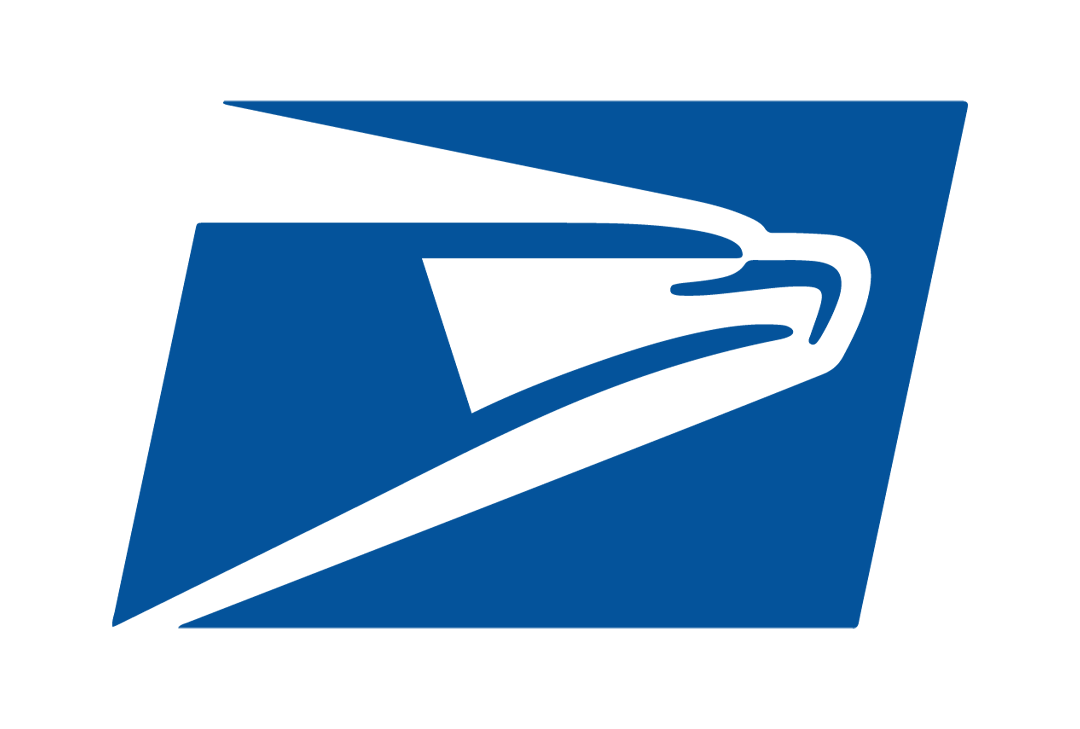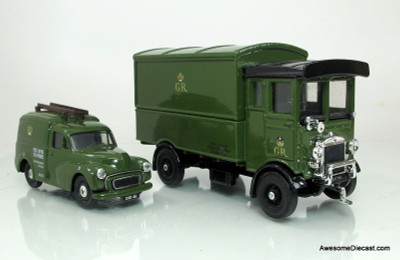This model was manufactured in 1990
Associated Equipment Company (AEC) was an English vehicle manufacturer that built buses, motorcoaches and trucks from 1912 until 1979. The name Associated Equipment Company was hardly ever used; instead it traded under the AEC and ACLO brands.
AEC's first commercial vehicle was a lorry based on the X-type bus chassis. With the outbreak of World War I in 1914, AEC's ability to produce large numbers of vehicles using assembly line methods became important in supplying the increasing need for army lorries. AEC began large-scale production of the 3-ton Y-type lorry, commenced in 1916, and continued beyond the end of the war. From then on, AEC became associated with both lorries and buses.
In 1926, AEC and Daimler formed the Associated Daimler Company, which was dissolved two years later. In 1927, AEC moved its manufacturing from Walthamstow to a new plant at Southall.
G. J. Rackham was appointed Chief Engineer and Designer in 1928. He had previously worked for Leyland Motors. His ideas contributed significantly to AEC's reputation for quality and reliability.
From 1929, AEC produced new models: the names of lorries began with "M" (Majestic, Mammoth, Mercury, and so on), and those of buses began with "R" (Regent, Regal, Renown, and so on). These original "M-models" continued in production until the end of World War II. AEC introduced diesel engines across the range in the mid-1930s.
From 1931 to 1938, AEC and English Electric co-produced trolleybuses. AEC supplied the chassis, and English Electric the electric motors and control equipment.
In 1932, AEC took a controlling interest in the British subsidiary of the American Four Wheel Drive (FWD) company, and began to use more standard AEC components in those vehicles. To avoid confusion, these were marketed under the name Hardy. Production ceased about 1936.
Thornycroft was a United Kingdom-based vehicle manufacturer which built coaches, buses, and trucks from 1896 until 1977.
John Isaac Thornycroft, the naval engineer, also formed the Thornycroft Steam Carriage and Van Company which built its first steam van in 1896. This was exhibited at the Crystal Palace Show, and could carry a load of 1 ton. It was fitted with a Thornycroft marine launch-type boiler (Thornycroft announced a new boiler designed for their steam carriages in October 1897. The engine was a twin-cylinder compound engine arranged so that high-pressure steam could be admitted to the low-pressure cylinder to give extra power for hill-climbing. A modified version of the steam wagon with a 6-cubic-yard tipper body was developed for Chiswick council in 1896 and went into service as a very early self-propelled dust-cart. While the original 1896 wagon had front-wheel drive with rear-wheel steering, the tipper dust-cart had rear-wheel drive and front-wheel steering. The Thornycroft tipper was built by the Bristol Wagon and Carriage Company, though engined by Thornycroft.
Thornycroft's first petrol vehicle was built in 1902, and the company completed the move into internal combustion engine power in 1907.
Thornycroft's Basingstoke factory supplied nearly 5,000 motor vehicles for war purposes. They also provided "quite a large number of engines of various powers" to the Admiralty, the War Office and to other Government Departments at the beginning of the war and for the next two years. Thereafter they manufactured marine motors for the coastal motor-boats built at the Woolston, Southampton works. They also made the Thornycroft depth-charge thrower for anti-submarine warfare.
From 1931, Thornycroft used names for their vehicle range – descriptive and colourful ones. During World War II the company designed the Terrapin and other war-related vehicles.
In 1948, the company name was changed to Transport Equipment (Thornycroft) Ltd to prevent confusion with the shipbuilding Thornycroft company. The company was well known for providing fire-engine chassis, with multi-axle drive for uses such as airports. A limited number of 4x4 chassis were also provided to Worcester-based fire engine manufacturer, Carmichael for sale to civilian brigades in the 1950s.
They were taken over in 1961 by AEC parent Associated Commercial Vehicles Ltd, and production was limited to Nubians, Big Bens and Antars, although the Thornycroft-designed six-speed constant mesh gearbox was used in AEC and later medium weight Leyland and Albion trucks. ACV was then taken over by Leyland in 1962. They already had a specialist vehicle unit in Scammell, another manufacturer of large haulage vehicles. Thornycroft's Basingstoke factory was closed in 1969 and specialist vehicles transferred to Scammell at Watford.
Located in eastern England, Greene King plc maintains a tradition of brewing beer in Bury St. Edmunds, Suffolk, which began sometime before 1086. The dark, heavy Strong Suffolk Vintage Beer is aged in oak barrels for two years and mixed with fresh ale before it is sold. Greene King brews a variety of ales that reflect changing tastes in beers, as well as a variety of seasonal and special occasion ales. In addition to its brewery, Greene King is also involved in the lease and management of more than 1,600 pubs under the name Greene King Pub Partners. This licensing arrangement, called 'tied estate,' results in pubs with a variety of atmospheres depending on their location, customer base, facilities, and proprietor. Greene King Pub Company oversees company-owned and -operated pubs. These businesses included Hungry Horse branded pubs, which offer food, Greene King cask ale and other drinks, darts, skittles, and big screen television. Community Pubs are traditional pubs with an emphasis on beer. Town Locals tend to attract local residents, while Circuit Bars, located in commercial districts, attract a lunch crowd from area businesses and young singles in the evenings. Greene King Inns included traditional pubs, hotels, and golf courses.
Nineteen-year-old Benjamin Greene arrived in Bury St. Edmund in 1799 ready to found his own brewery, having completed his brewer training at the Whitbread Brewery in London. He moved into the former house of Abbot Reve, the town's last Abbot, and began to establish himself in East Anglia, an area known for its malting barley. In 1805 Benjamin Greene and William Buck, a 60-year-old yarn maker, formed a partnership to purchase Wright's Brewery, which had already been in operation in Westgate since around 1700.
The brewery completed its first batches of ale, porter, and 'old beer' in June 1806. The Beer Act of 1830 prompted the brewery's first surge of growth. Since 1550, licensing of inns, taverns, and alehouses had been controlled by local magistrates. The Beer Act opened up the beer trade by allowing anyone who applied for a license and paid the two-guinea fee to brew and sell beer.
When Parliament approved the Act, 51,000 establishments were involved in the sale of beer; by 1838 an additional 46,000 beer houses had opened for business. The impact of the Beer Act on Greene Brewery was immediate, as beer sales rose 50 percent in the first year after the Act was passed; however, competition among breweries increased as well. The company was unusual for an East Anglian brewer in that in 1833 the company had only one 'tied' public house, a pub the company leased to a tenant who sold Greene beer exclusively.
By the mid-1830s, the brewery still produced less than 2,000 barrels of its strong Suffolk beer annually. It wasn't until Edward Greene, son of Benjamin Greene, took over that the company began to reap the advantages of the 'free trade' in beer.
In 1836, at the age of 21, Edward acquired the brewery from his father. Edward effectively capitalized on the construction of railroads in the 1840s, using the railroads to expand the company's distribution network throughout East Anglia. Edward began brewing a lighter, less intoxicating version of the popular Burton India bitter ale. When he passed away in 1891, his obituary enthused, 'He was one of the first country brewers to discover that beer need not be vile, black, turgid stuff.' Greene sold Burton ale, which was originally an expensive brew, at the low price of a shilling per gallon, and, as the obituary said, 'made a fortune.'
The company's growth necessitated expansion of its brewing facilities. In 1845 Greene built a new malt house, where the first step in making beer took place. Wet barley was spread on the floor and allowed to sprout. Roasting the barley stopped germination and produced malt. In 1854 the company razed Abbot Reve's house to expand the brewery again. In 1851 Greene had employed 18 men and three boys. The number of employees doubled with the 1854 expansion, while annual production increased to 20,000 barrels, with each barrel holding 288 pints. As beer consumption increased and the British brewing industry boomed, Greene beers continued to grow in popularity. By 1870 the company's barrelage increased to 40,000.















